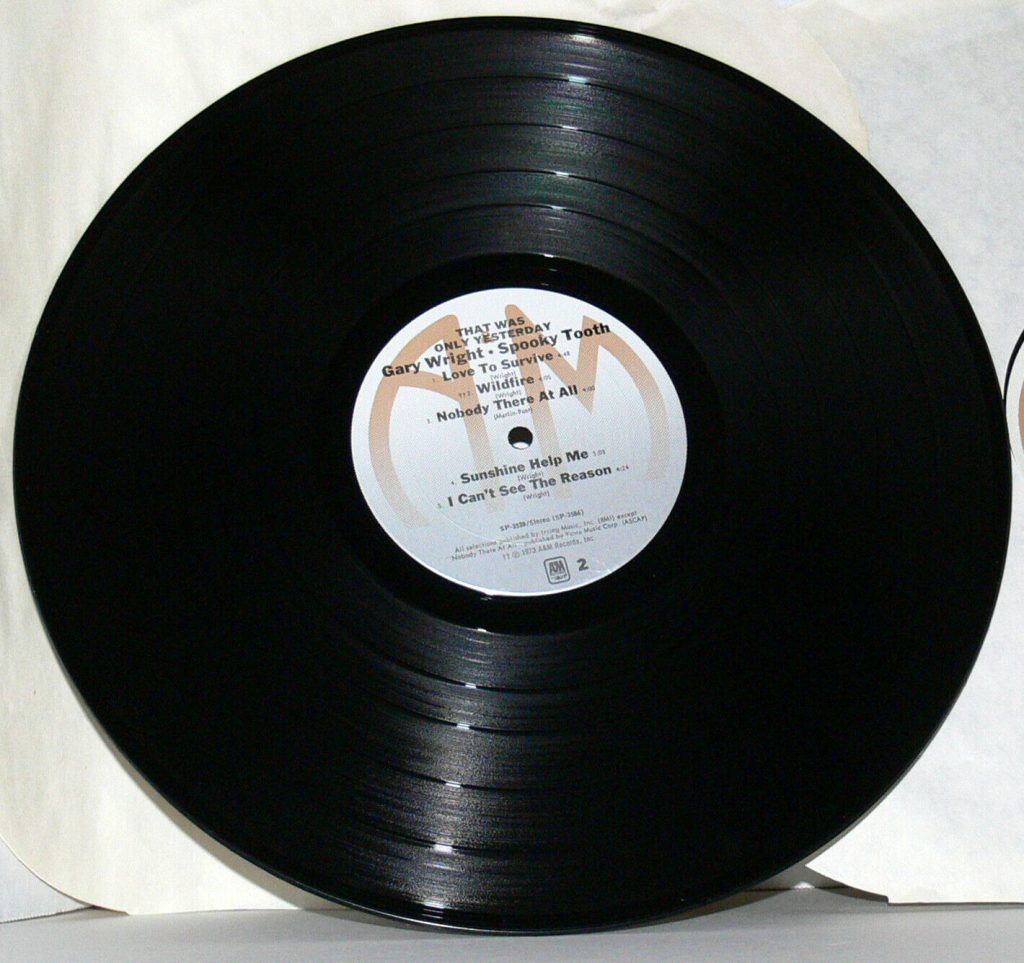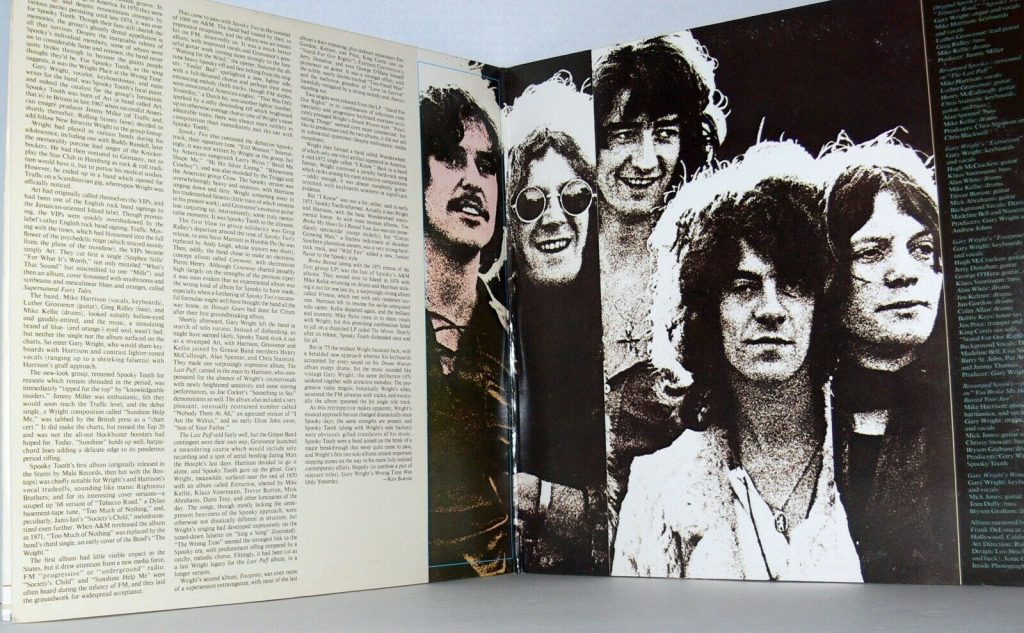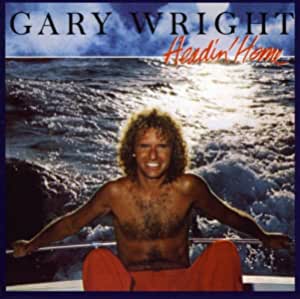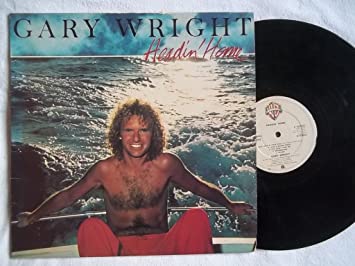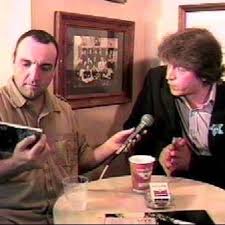
Esoteric Diaries June 21, 2021 First Day of Summer





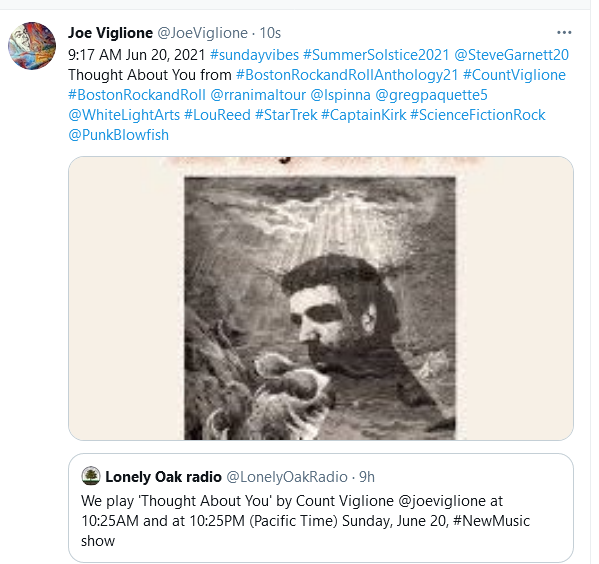
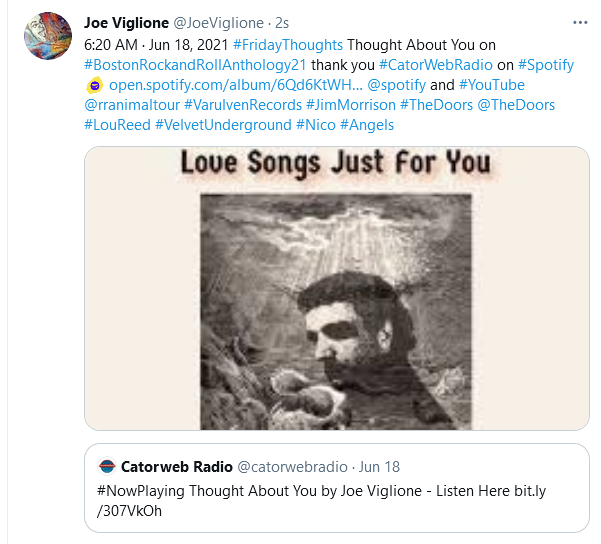
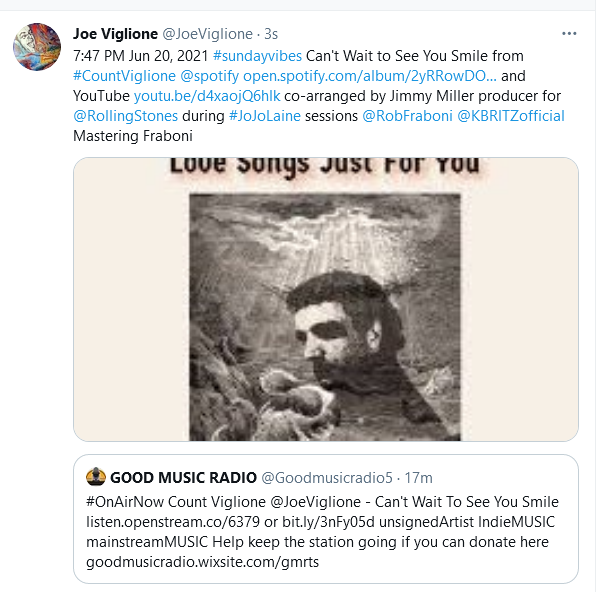

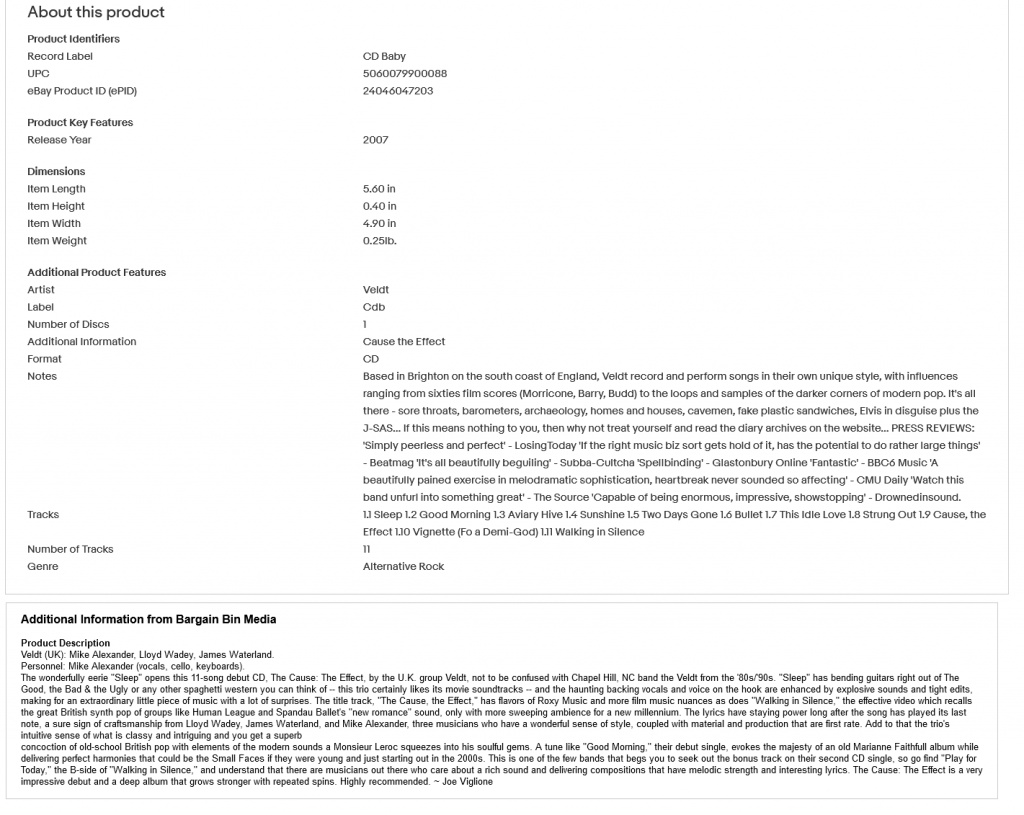

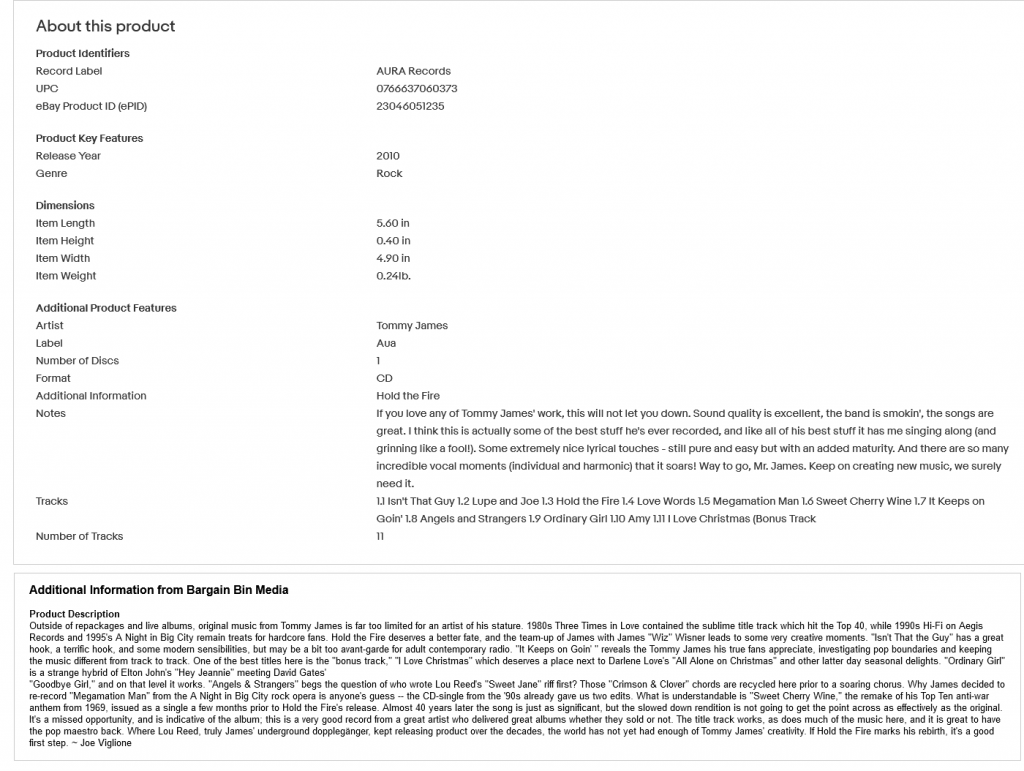

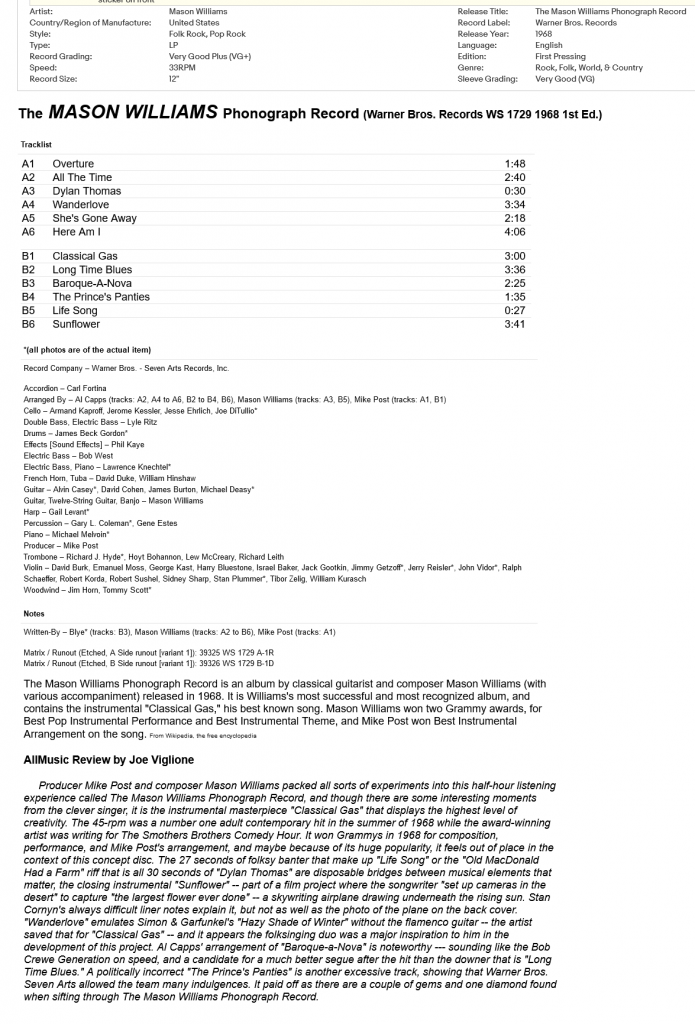
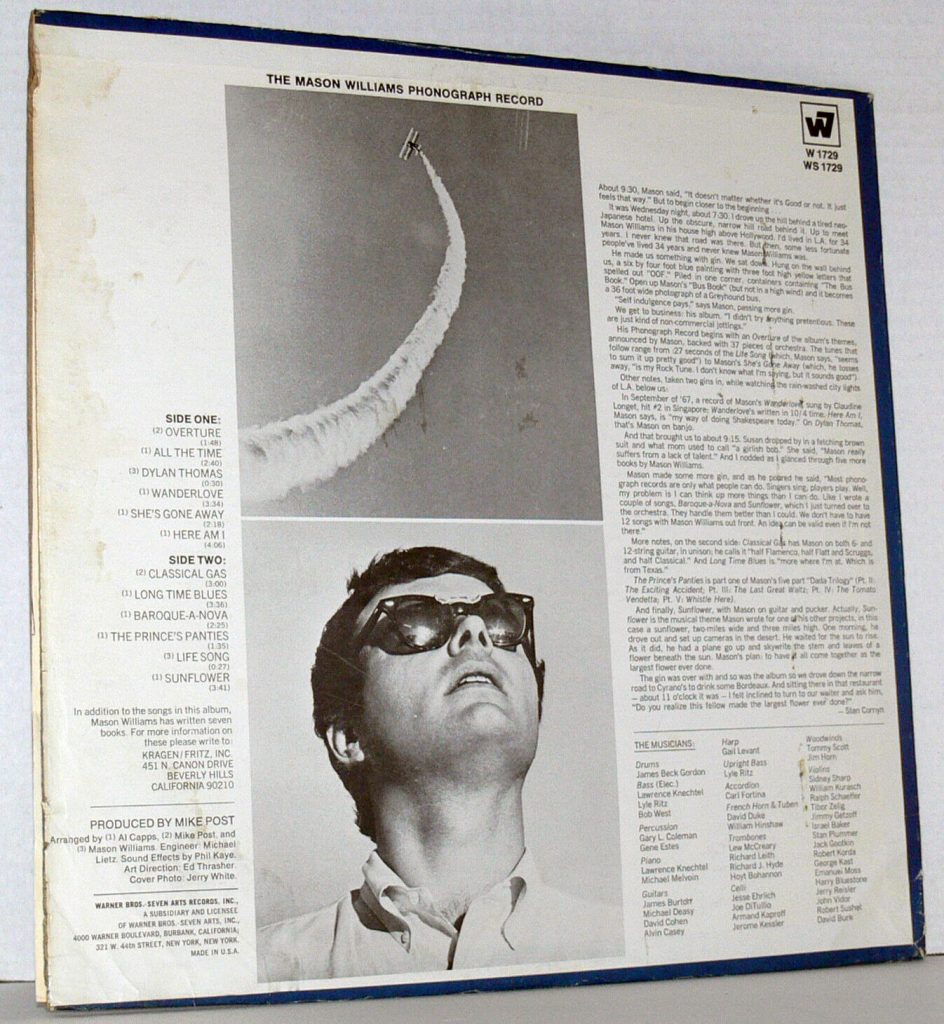
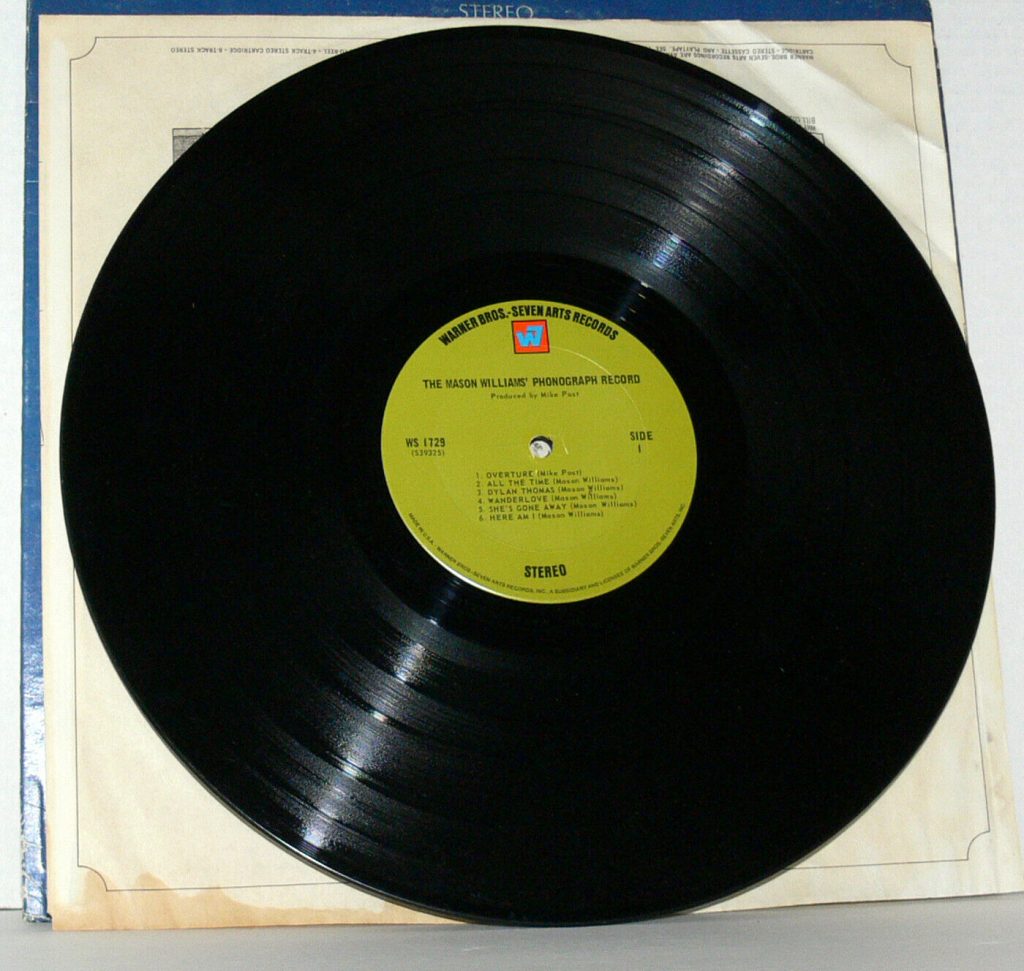

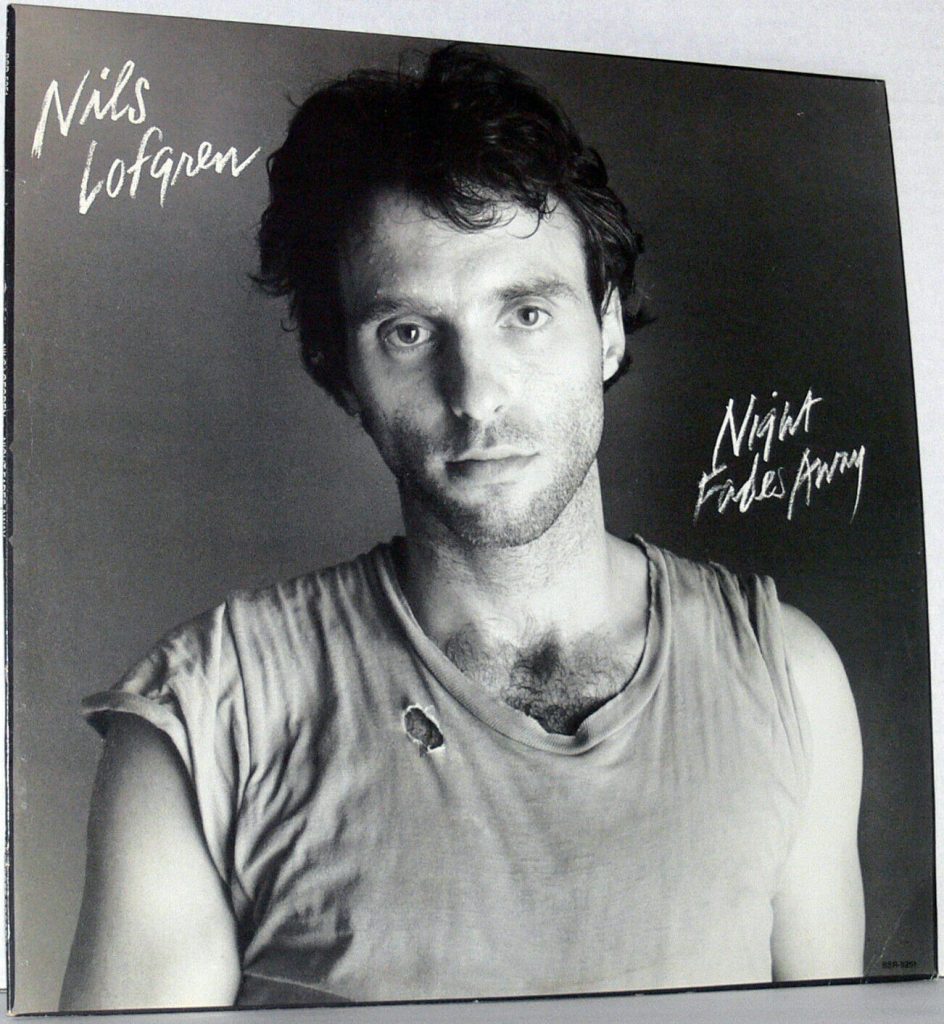

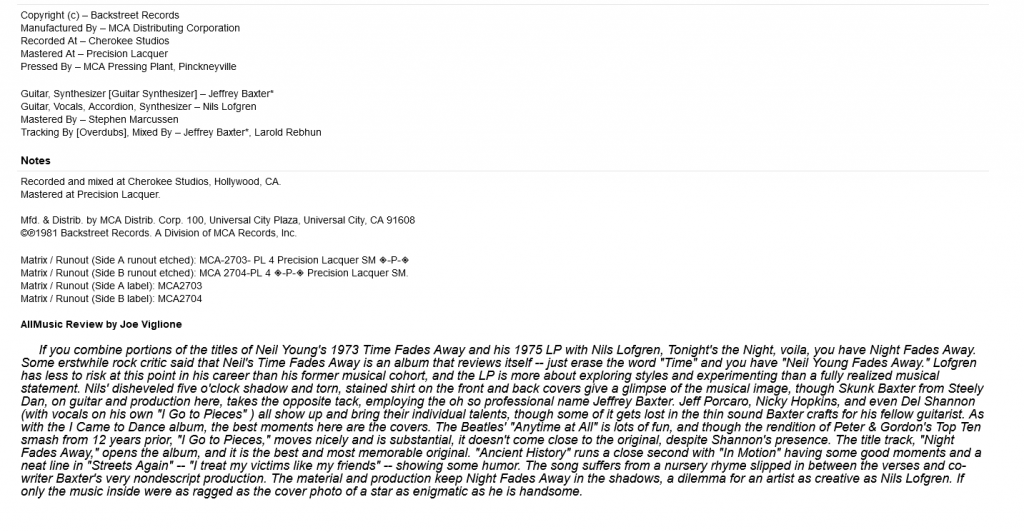
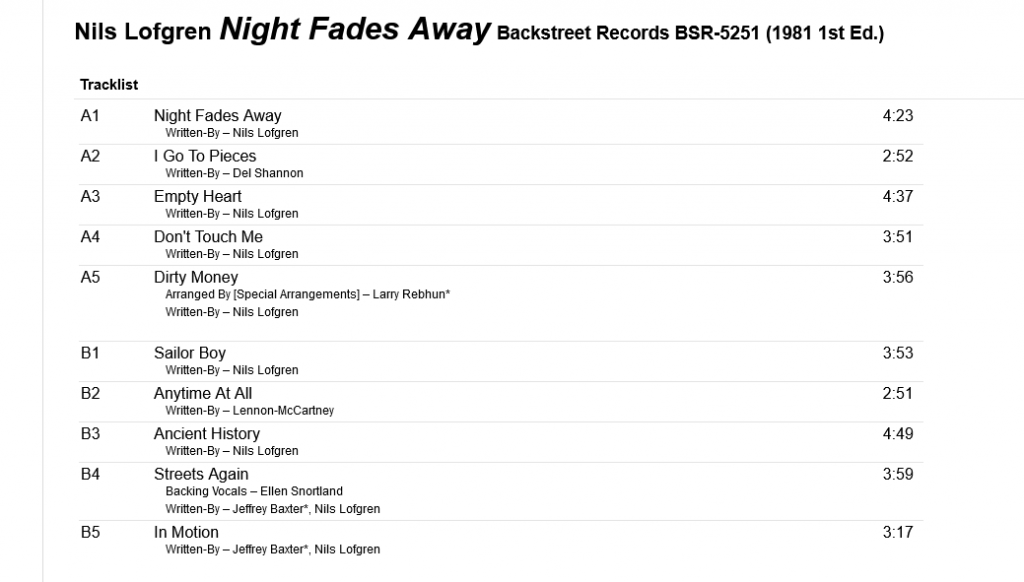
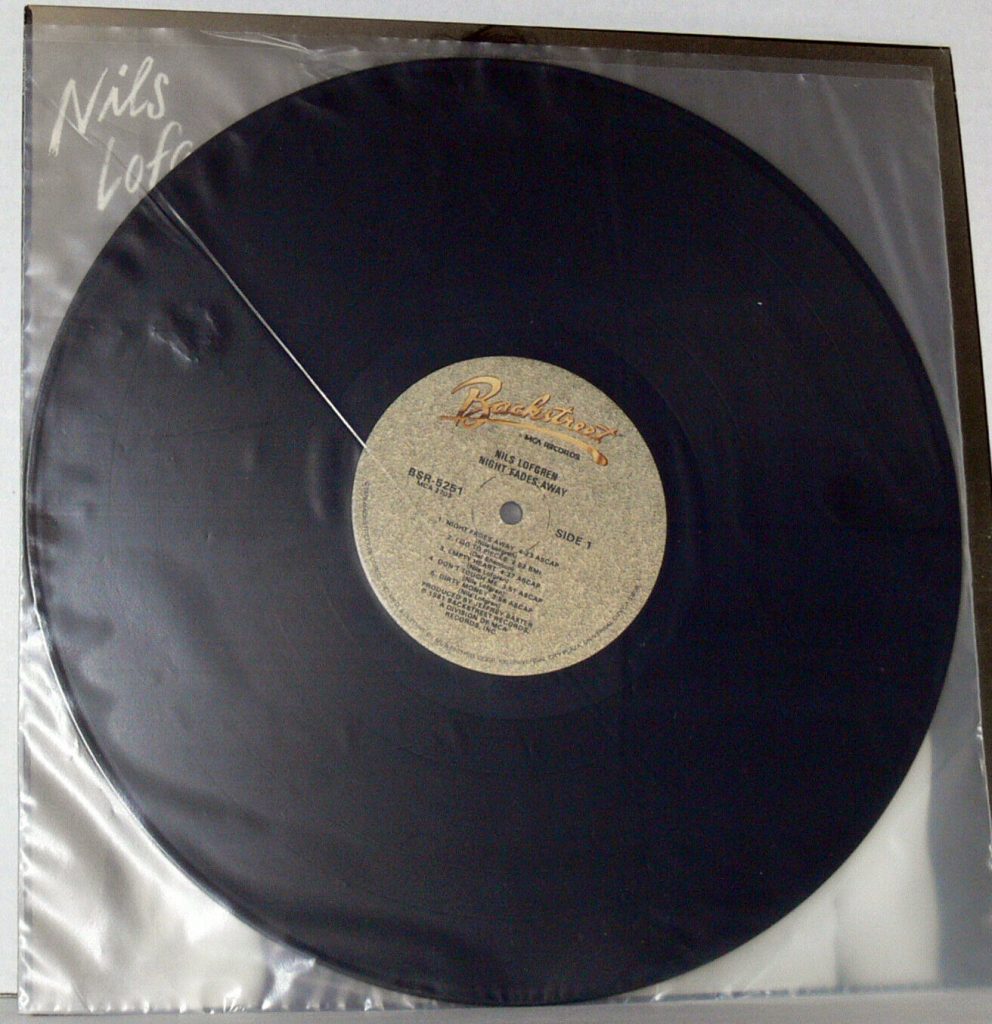

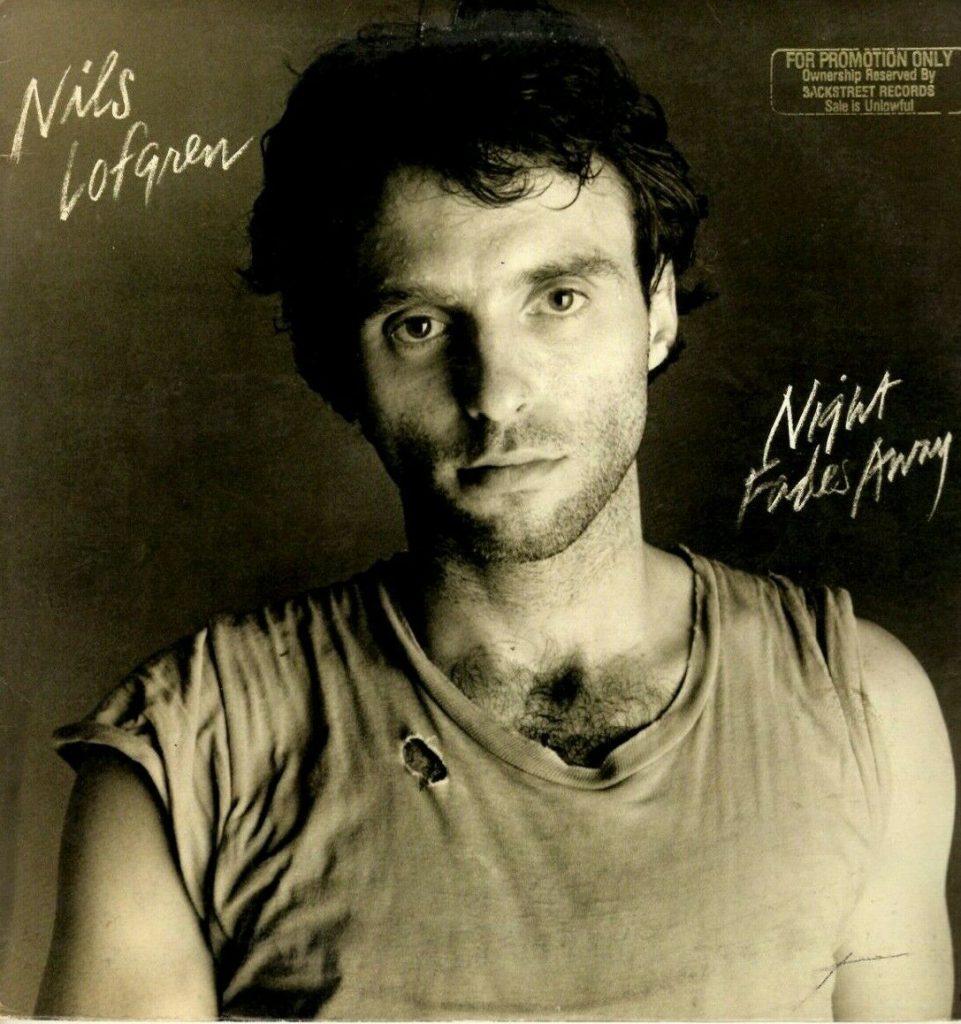

Boston Rock and Roll Anthology Vol #10 Unnatural Axe +all Boston Rock/Punk Bands
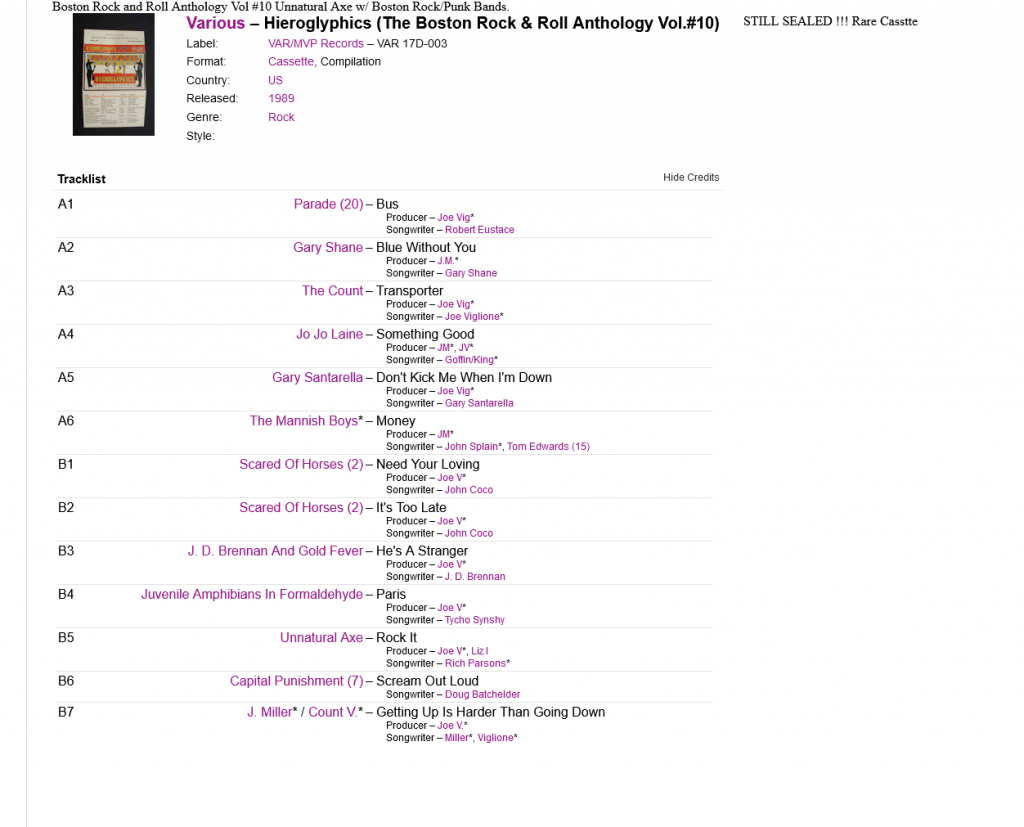
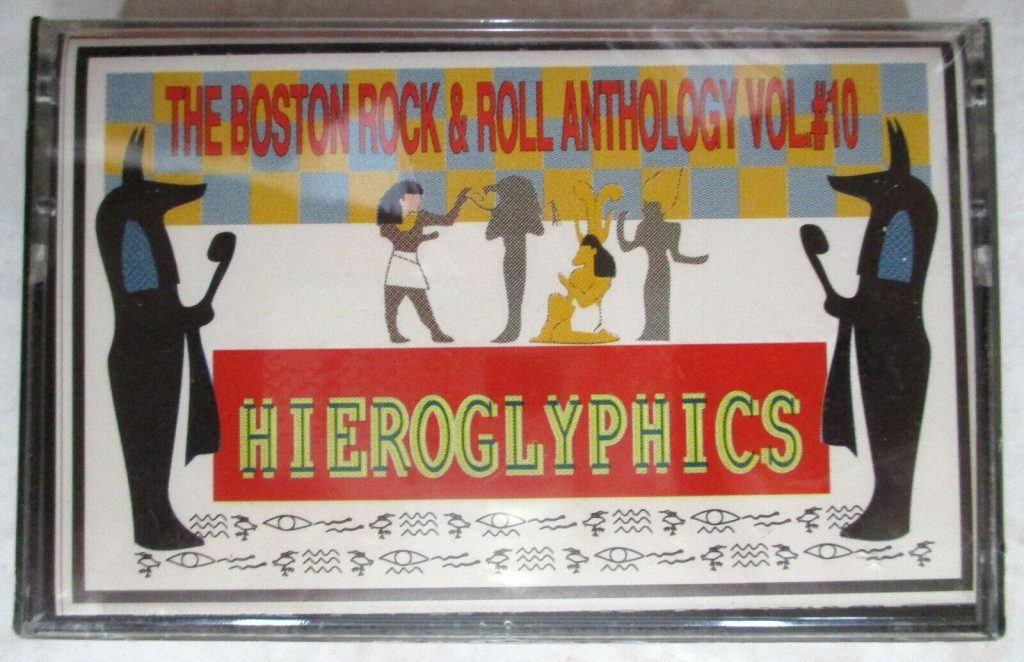


…Not only do I OWN vinyl records, I review them as well! Found my old Manhole CD/LP review (I reviewed it off the vinyl all those years ago) …so many eBay dealers using my thoughts on the music!
Product Description
Originally released on Grunt Records.
Personnel includes: Grace Slick, Paul Kantner, David Crosby, Pete Sears, Jack Casady, John Barbata, David Freiberg, Gary Duncan.
Producers includes: Paul Kantner.
Liner Note Author: Jeff Tamarkin.
Recording information: Wally Heider’s, San Francisco.
Manhole
was the last of the experimental Jefferson Airplane, and Grace Slick’s
first official solo album. While Bark and Long John Silver, the final
stages of the original Airplane, displayed the excessive psychedelic
nature of the musicians within the confines of their group format, Blows
Against the Empire, Sunfighter, and Baron Von Tollbooth and the Chrome
Nun allowed for total artistic expression. Manhole concluded this phase
with 1974’s other release, the Jefferson Starship’s Dragonfly. By taking
the name from Paul Kantner’s Blows Against the Empire solo project,
Dragonfly began the renewed focus on commercial FM which would turn into
Top 40 airplay. Manhole is the antithesis of that aim, but is itself a
striking picture of Grace Slick as the debutante turned hippy being as
musically radical as possible. To the kids who think she’s the cool
singer on the mechanical Nothing’s Gonna Stop Us Now, Manhole is an
alien concoction, but it works on many levels as great head music. The
title track itself is almost 15-and-a-half minutes of orchestrated
underground rock with Craig Chaquico on lead guitar; Jack Casady on
bass, along with Ron Carter; voices from David Crosby, David Freiberg,
Slick and Paul Kantner; mandolin by Peter Kaukonen; and a 42-piece
orchestra (51, if you include the fragments of the Airplane/Starship
onboard). It’s fun stuff, but looking back one wonders how they
maintained a distribution deal for Grunt records with R.C.A., the
material being so far from commercial. The title track has a left-hand
piano part which “was stolen from an improvisation by Ivan Wing,”
Slick’s father, and the epic is rife with Spanish/English by the singer,
translated in the booklet with Slick’s “phonetic Spanish spelling.”
Again, this is total underground excess, but it is actually more than
listenable than it looks on paper, and for fans, it has the
serious/eccentric nature of this woman who emerged as a big, big star
due to her quirky personality having the talent to back it up. Attacks
on the government and Clive Davis in the elaborate booklet only prove
all involved were not out to make friends, but songs like “Come Again?
Toucan” are compelling and intriguing, more so than some of what would
constitute 1981’s Welcome to the Wrecking Ball, which contained more
elements of guitarist Scott Zito than the star. On Manhole, the music is
wonderfully dense, macabre, exhilarating, and totally out there. This
is a great portion of music from the lead singer of one of America’s
great music groups. Maybe David Freiberg’s “It’s Only Music” deserved to
be on an Airplane project or solo LP of his own, but it sounds great
and works. “Better Lying Down” is Grace Slick and Pete Sears re-writing
Janis Joplin’s “Turtle Blues,” a nice change of pace from the heavy
instrumental backing of the other tracks. Slick is in great voice, and
reflecting on the album years after it was recorded, the conclusion is
that Manhole has much to offer fans. Compare this to Deep Space —
recorded live at the Hollywood House of Blues in the 1990s to see the
difference between capturing the time and trying to recapture the magic.
Despite the eye toward success and the more serious nature of that
later project, it just doesn’t have the charm of this artifact from the
glory days. It’s also a far cry from the 1980s, when Slick returned with
three more solo outings: Dreams, Welcome to the Wrecking Ball, and
Software, projects which differ vastly from Manhole. The hard rock of
Wrecking Ball and the synths and post-Kantner Starship feel of producer
Peter Wolf’s collaborations on Software show a woman dabbling with other
rock formats. Put those three discs in a boxed set with Manhole, and
you have true culture shock from a major counterculture figure. Manhole
is orchestrated psychedelia at its finest with the voice from “White
Rabbit” stretching that concept across two sides. ~ Joe Viglione

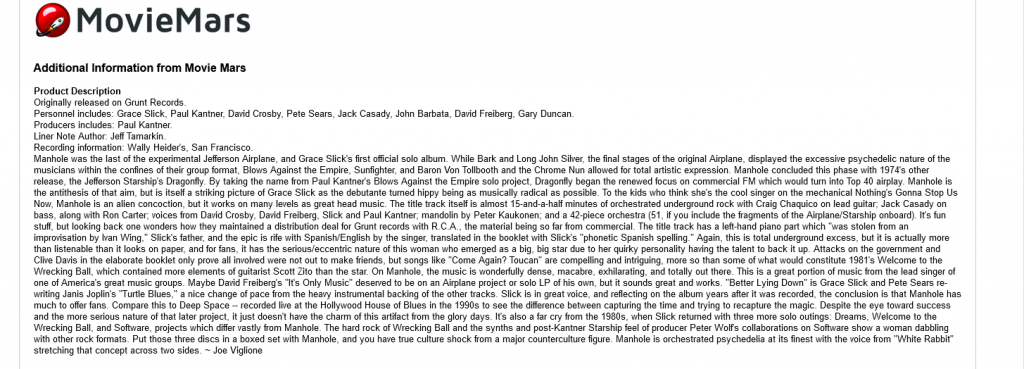
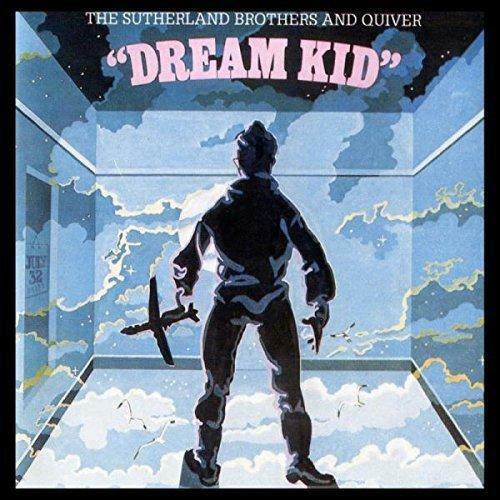
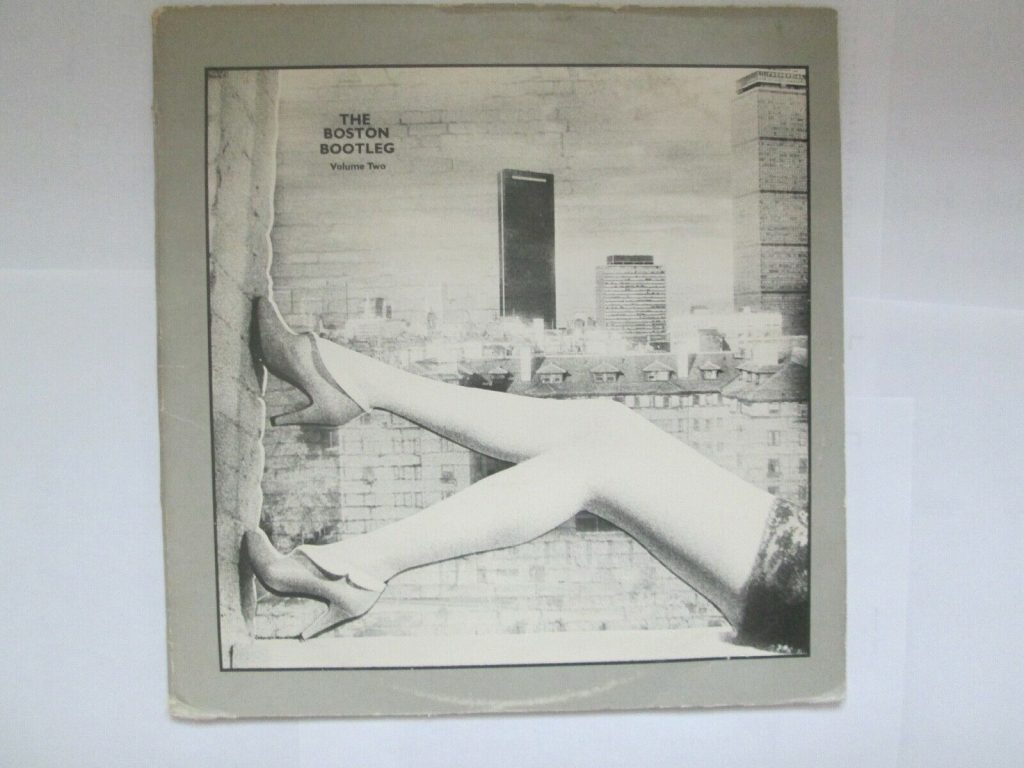
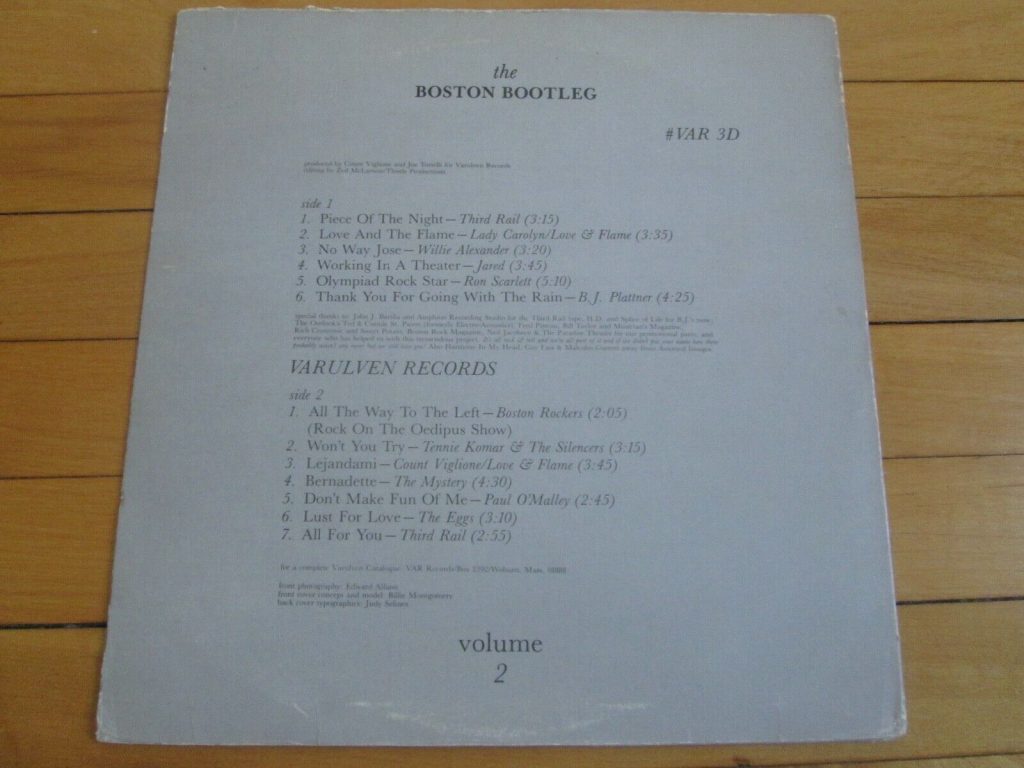
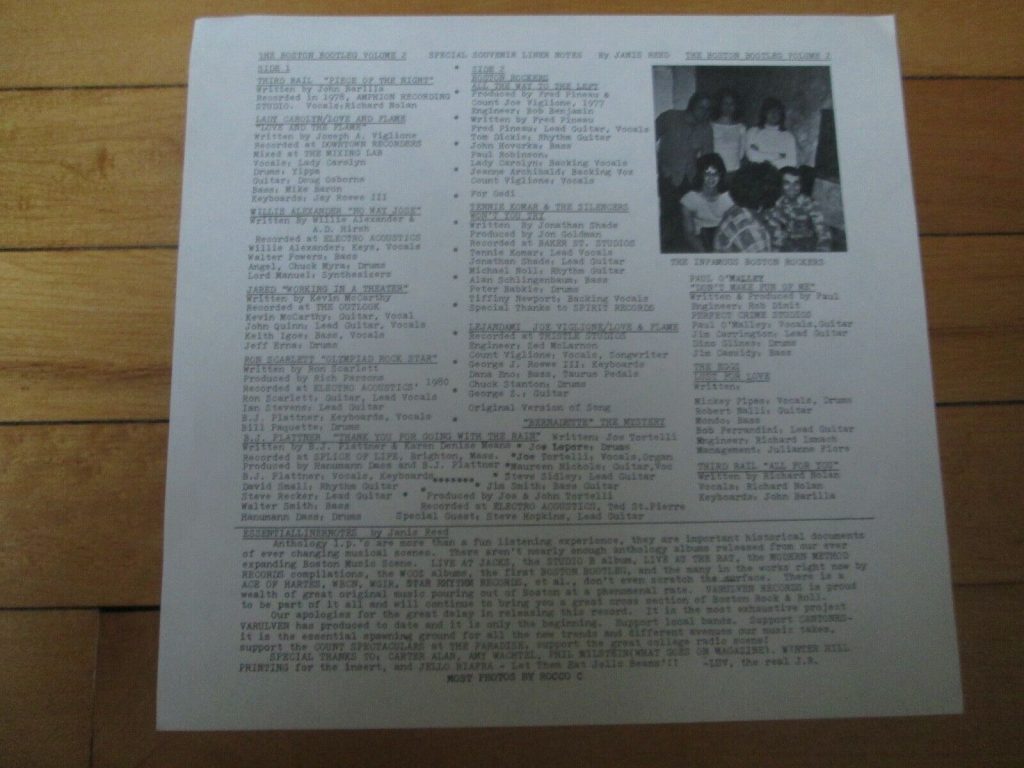
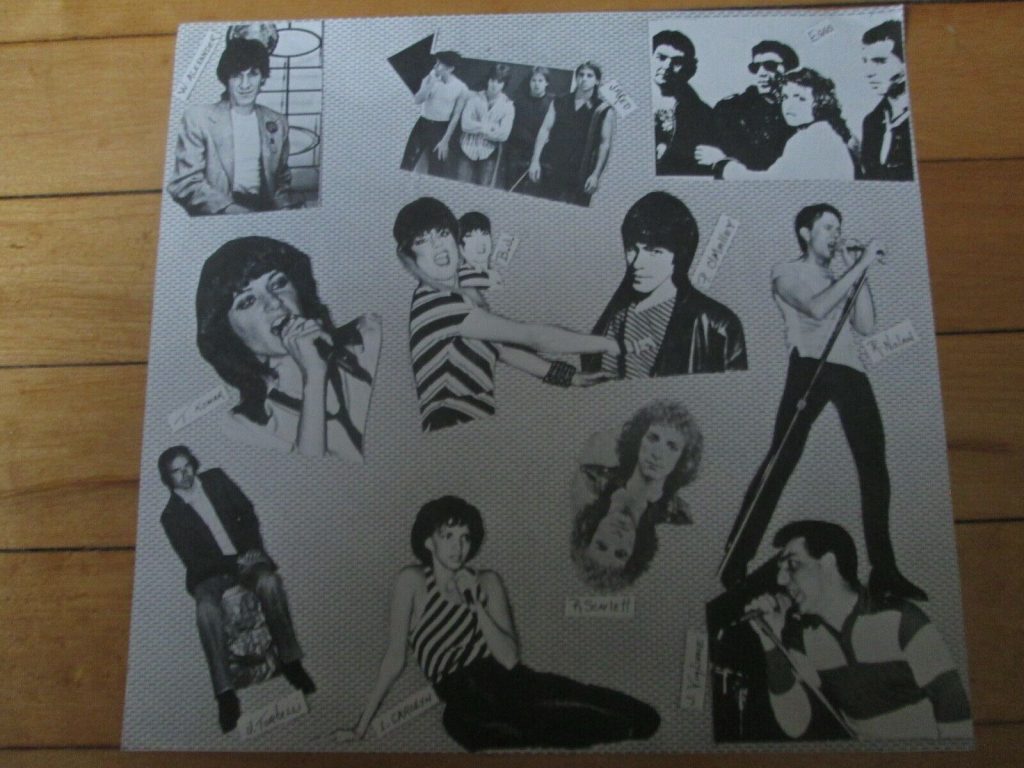
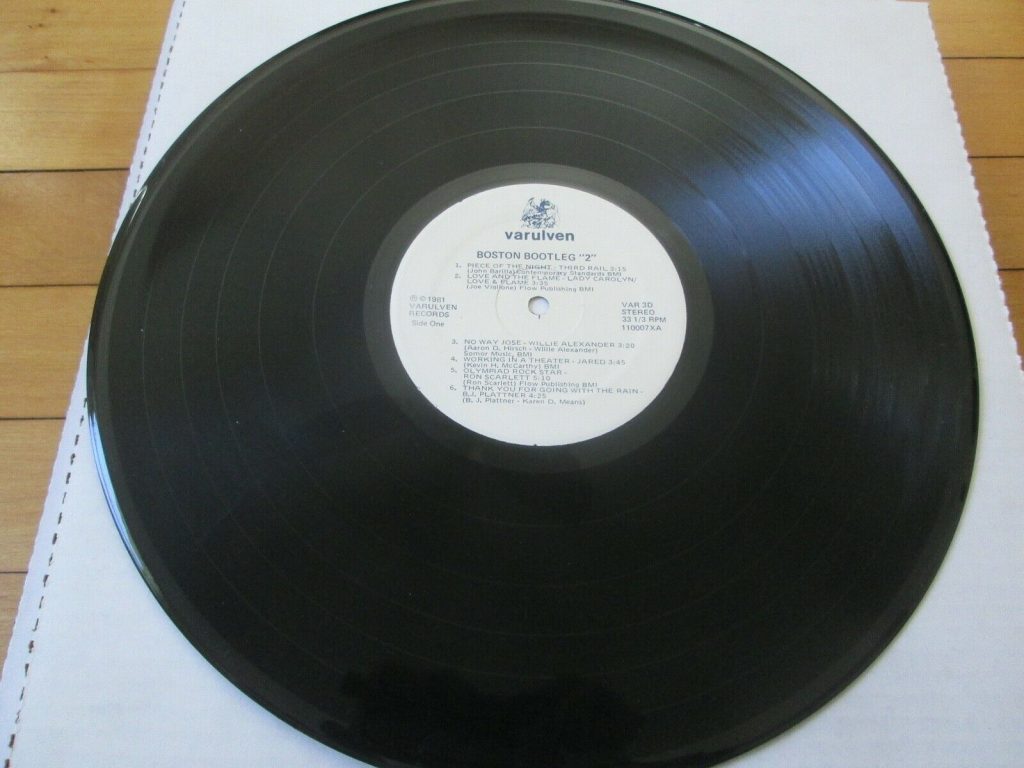
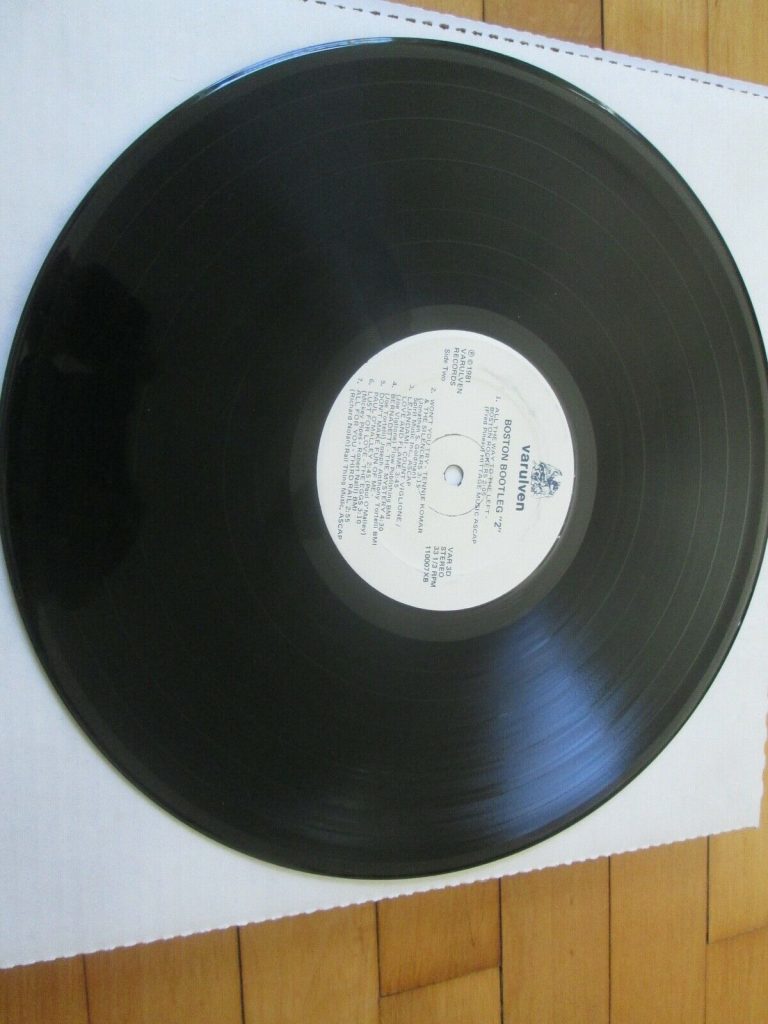


Wikipedia referencing my review of Gary Wright …someone on eBay using the review to sell the disc June 18, 2021
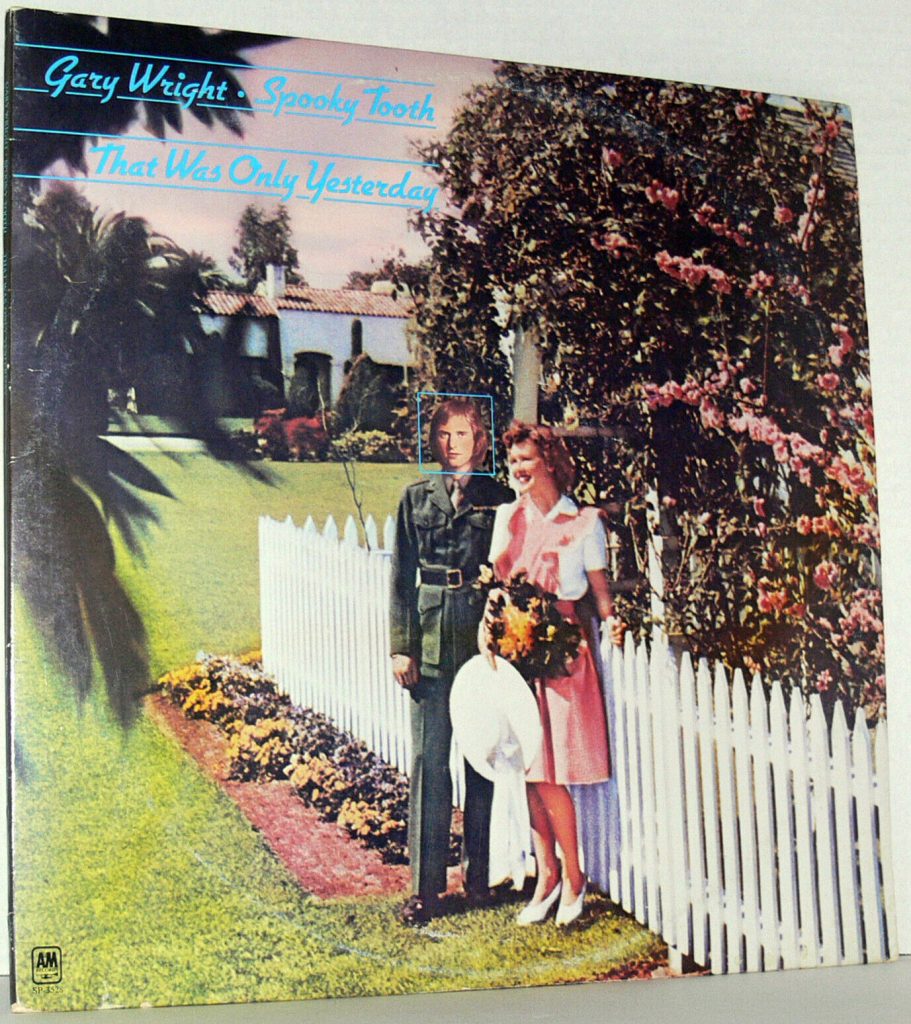
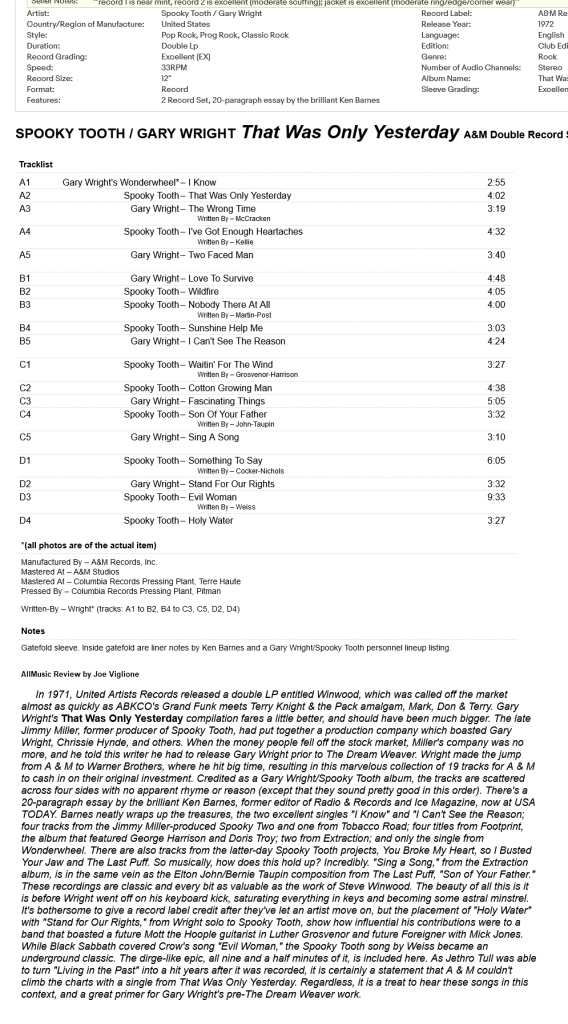
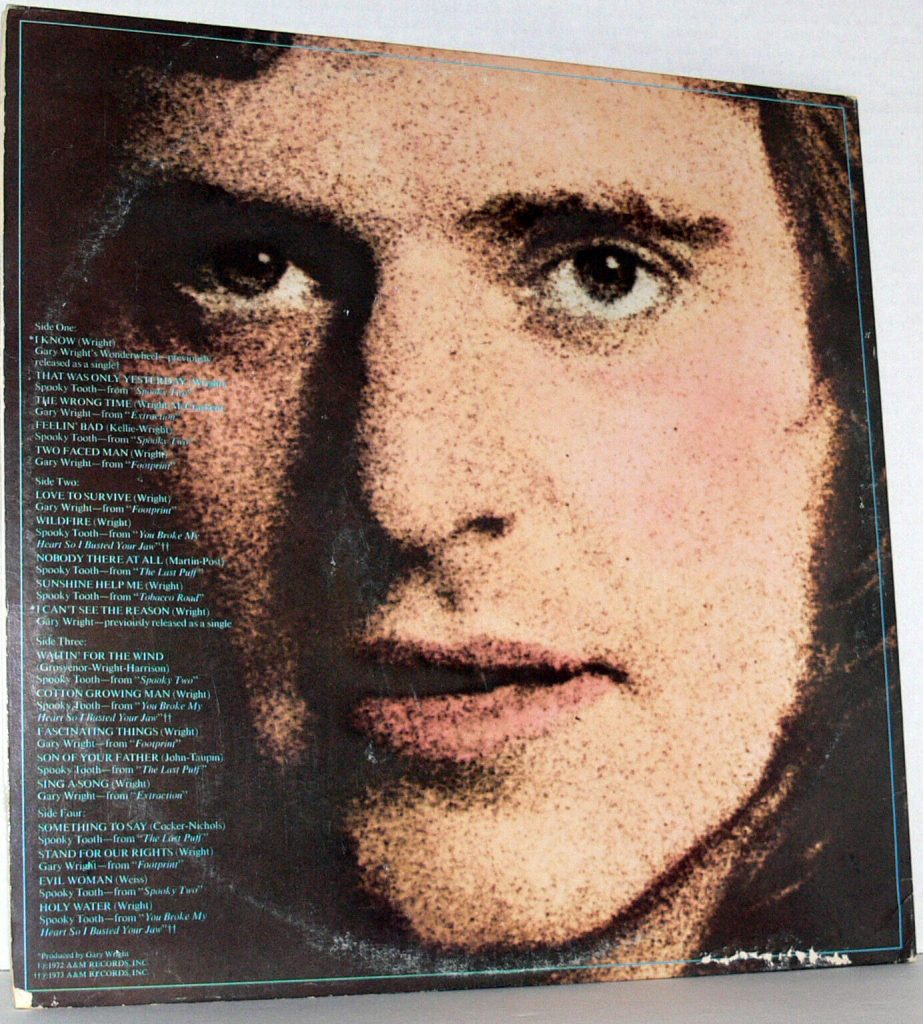
Gatefold sleeve. Inside gatefold are liner notes by Ken Barnes and a Gary Wright/Spooky Tooth personnel lineup listing.AllMusic Review by Joe Viglione
In 1971, United Artists Records released a double LP entitled Winwood, which was called off the market almost as quickly as ABKCO’s Grand Funk meets Terry Knight & the Pack amalgam, Mark, Don & Terry. Gary Wright’s That Was Only Yesterday compilation fares a little better, and should have been much bigger. The late Jimmy Miller, former producer of Spooky Tooth, had put together a production company which boasted Gary Wright, Chrissie Hynde, and others. When the money people fell off the stock market, Miller’s company was no more, and he told this writer he had to release Gary Wright prior to The Dream Weaver. Wright made the jump from A & M to Warner Brothers, where he hit big time, resulting in this marvelous collection of 19 tracks for A & M to cash in on their original investment. Credited as a Gary Wright/Spooky Tooth album, the tracks are scattered across four sides with no apparent rhyme or reason (except that they sound pretty good in this order). There’s a 20-paragraph essay by the brilliant Ken Barnes, former editor of Radio & Records and Ice Magazine, now at USA TODAY. Barnes neatly wraps up the treasures, the two excellent singles “I Know” and “I Can’t See the Reason; four tracks from the Jimmy Miller-produced Spooky Two and one from Tobacco Road; four titles from Footprint, the album that featured George Harrison and Doris Troy; two from Extraction; and only the single from Wonderwheel. There are also tracks from the latter-day Spooky Tooth projects, You Broke My Heart, so I Busted Your Jaw and The Last Puff. So musically, how does this hold up? Incredibly. “Sing a Song,” from the Extraction album, is in the same vein as the Elton John/Bernie Taupin composition from The Last Puff, “Son of Your Father.” These recordings are classic and every bit as valuable as the work of Steve Winwood. The beauty of all this is it is before Wright went off on his keyboard kick, saturating everything in keys and becoming some astral minstrel. It’s bothersome to give a record label credit after they’ve let an artist move on, but the placement of “Holy Water” with “Stand for Our Rights,” from Wright solo to Spooky Tooth, show how influential his contributions were to a band that boasted a future Mott the Hoople guitarist in Luther Grosvenor and future Foreigner with Mick Jones. While Black Sabbath covered Crow’s song “Evil Woman,” the Spooky Tooth song by Weiss became an underground classic. The dirge-like epic, all nine and a half minutes of it, is included here. As Jethro Tull was able to turn “Living in the Past” into a hit years after it was recorded, it is certainly a statement that A & M couldn’t climb the charts with a single from That Was Only Yesterday. Regardless, it is a treat to hear these songs in this context, and a great primer for Gary Wright’s pre-The Dream Weaver work. https://www.allmusic.com/album/that-was-only-yesterday-mw0001879392
